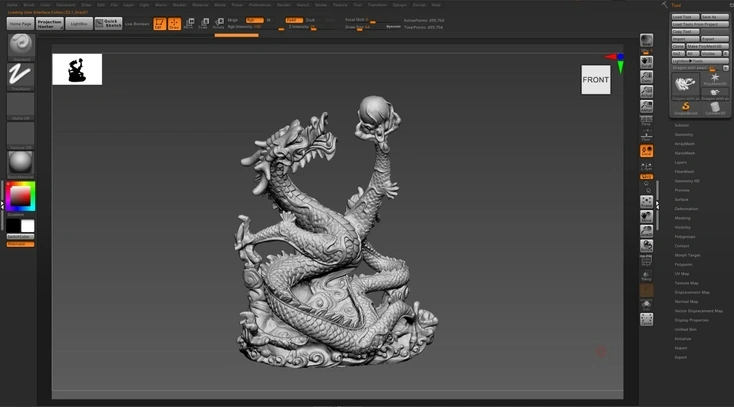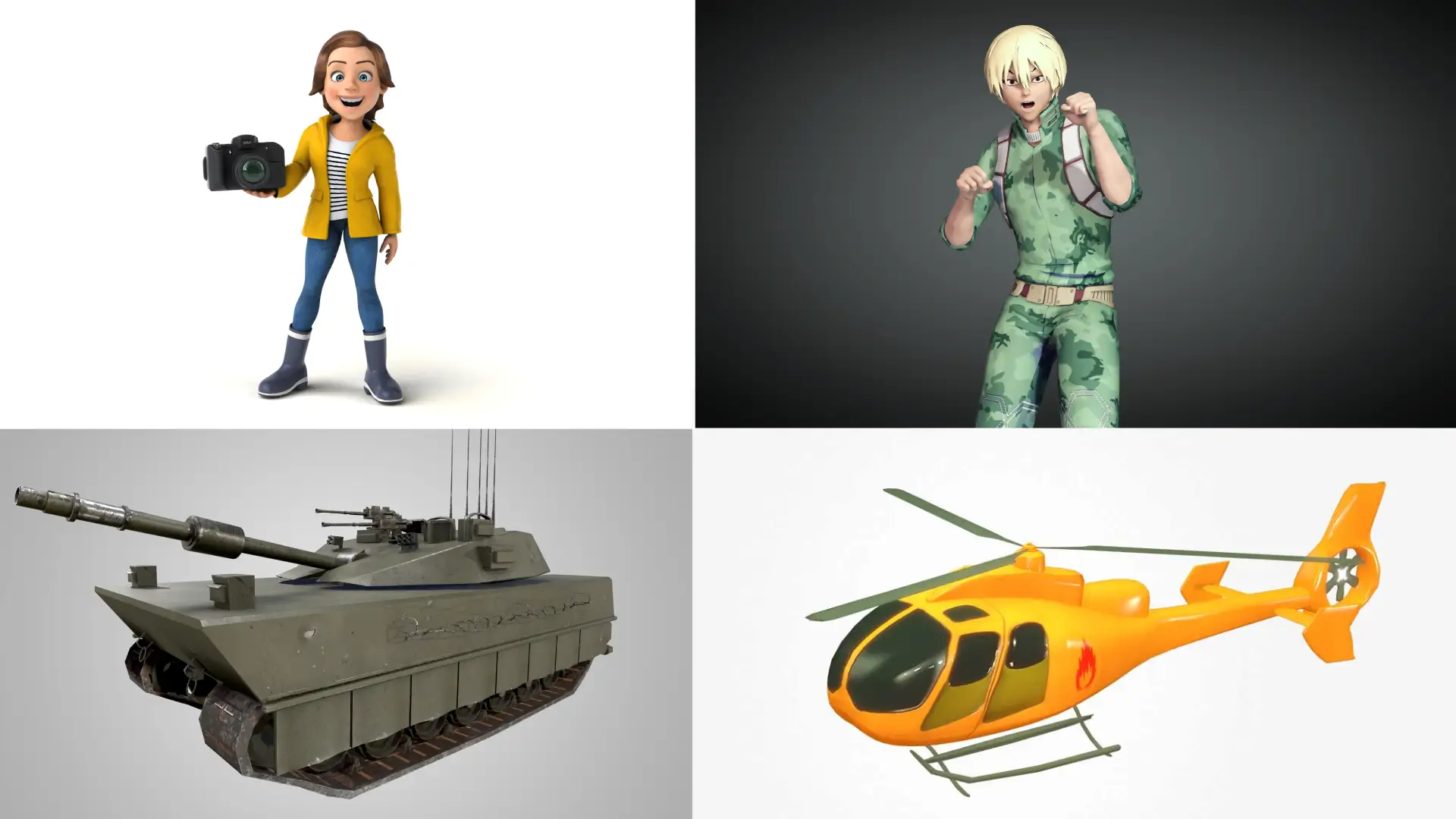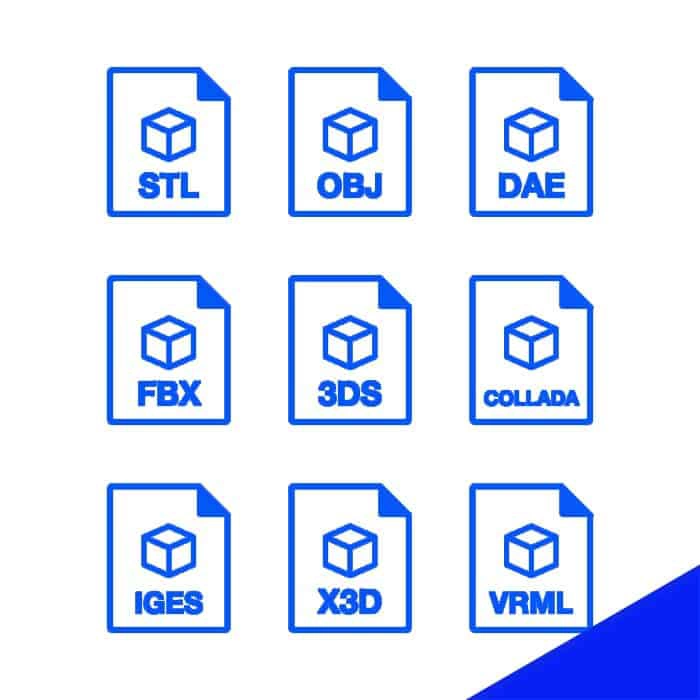Have you ever wanted to make pictures jump off the wall? Or watched your drawings come to life? That’s augmented reality art! It’s a magical blend of technology and creativity that’s changing how we see and make art. Let’s explore this exciting world together.
What Is Augmented Reality Art?
Augmented reality art combines real-world surroundings with digital elements. Unlike virtual reality that takes you to a completely different world, AR adds digital layers to what you already see. It’s like having special glasses that show hidden wonders all around you.
Think of Pokemon GO, but for art! Instead of catching creatures, you’re experiencing paintings that move, sculptures that talk, or drawings that grow before your eyes. According to recent statistics, the global AR market reached $17.67 billion in 2023 and is expected to grow to over $58.7 billion by 2028.
Artists now use phones, tablets, and special headsets to create these magical experiences. The best part? You don’t need expensive equipment to start making augmented reality art. Many beginners create amazing pieces using just their smartphones!
Tools for Creating AR Art
Mobile Apps
You don’t need to be a coding genius to create augmented reality art. Several user-friendly apps make the process simple:
Artivive turns traditional artwork into animated experiences. Over 30,000 artists worldwide use this platform. You simply create a traditional artwork, design a digital animation, and link them together. When viewers scan your art with the Artivive app, they see your creation come alive!
Adobe Aero lets you import your artwork and add animation without coding. You can place 3D objects in real spaces and create interactive experiences in minutes. The app has over 500,000 downloads, showing how popular AR art creation has become.
AR Development Kits
For those who want to go deeper, development kits offer more control:
ARKit (for Apple devices) and ARCore (for Android) provide powerful tools for building augmented reality experiences. These platforms recognize surfaces, track movement, and understand lighting, making your AR art look natural in real environments.
According to developer surveys, over 600,000 AR apps have been created using these tools. The average development time for a simple AR art experience is about 15-20 hours, much faster than traditional programming.
Steps to Create Your First AR Artwork
Creating augmented reality art might sound complicated, but it’s easier than you think! Here’s how to start:
1. Plan Your Concept
Every great AR artwork begins with an idea. Ask yourself:
- What real-world object or space will anchor your digital elements?
- How will users interact with your creation?
- What emotions do you want to evoke?
Sketch your ideas on paper first. Many successful AR artists spend 30% of their project time planning before touching any technology.
2. Create Your Digital Elements
Now comes the fun part! Depending on your vision, you might need:
- 2D animations
- 3D models
- Sound effects
- Interactive elements
You can use free tools like Blender for 3D modeling or Adobe Creative Cloud for 2D work. Don’t worry about making everything perfect – even simple digital elements can create magical AR experiences.
Read More: Designing 3D Models in Blender
3. Bring Everything Together
Using your chosen AR platform, combine your digital elements with real-world triggers. This might be:
- A specific image that launches your animation
- A flat surface where your 3D model appears
- Location coordinates that trigger your experience
Test your creation frequently. The average AR artist makes 7-10 revisions before finalizing their work. This testing ensures viewers will have a smooth experience.
Popular AR Art Styles
Interactive Murals
Street artists now create murals that transform when viewed through AR apps. These massive artworks hide secret animations, messages, or sound experiences. Famous examples like the “Living Walls” project in Atlanta saw engagement increase by 320% when AR elements were added.
AR Sculptures
Some artists create invisible sculptures that only appear in specific locations when viewed through AR devices. These digital monuments can be massive without requiring physical materials. The Museum of Modern Art’s virtual sculptures program attracted 45,000 additional visitors in its first month.
Mixed Reality Performances
Dancers and performers use AR to enhance live shows with digital effects that respond to their movements. These performances blend traditional art forms with cutting-edge technology. A recent mixed reality dance show reported that audience members spent an average of 23 minutes discussing the experience afterward – three times longer than traditional performances.
Exhibiting Your AR Art
Once you’ve created your masterpiece, share it with the world! Consider these options:
Online Platforms
Websites like Acute Art and Hic Et Nunc specialize in digital and AR art. Some even allow artists to sell their creations as digital collectibles. The average AR artist reaches 40% more viewers by sharing work on dedicated platforms versus general social media.
Physical Galleries
Many traditional galleries now welcome AR art. They typically display a physical element (like a QR code or image trigger) that viewers scan to experience the full artwork. Exhibitions featuring AR elements have seen attendance increase by up to 70% compared to traditional shows.
Public Spaces
Parks, streets, and buildings offer exciting canvases for AR art. Public AR installations receive an average of 2,400 interactions per month – significantly more engagement than many physical public artworks.
The Future of AR Art
Augmented reality art stands at an exciting crossroads. As technology improves, we’ll see:
- Lighter, less obvious AR glasses replacing phones for viewing
- More collaborative experiences where multiple people share the same AR vision
- Hyper-realistic digital elements that perfectly blend with our world
Industry experts predict the number of AR artists will triple by 2026 as tools become more accessible and audiences grow. Now is the perfect time to jump into this expanding field!
Getting Started Today
Ready to create your first AR artwork? Begin simply:
- Download an AR creation app
- Watch tutorial videos
- Join online communities of AR artists
- Experiment with small projects
- Share your work and get feedback
Remember, every AR artist started somewhere. Your first creation might be simple, but with practice, your augmented reality art will amaze and inspire others!






